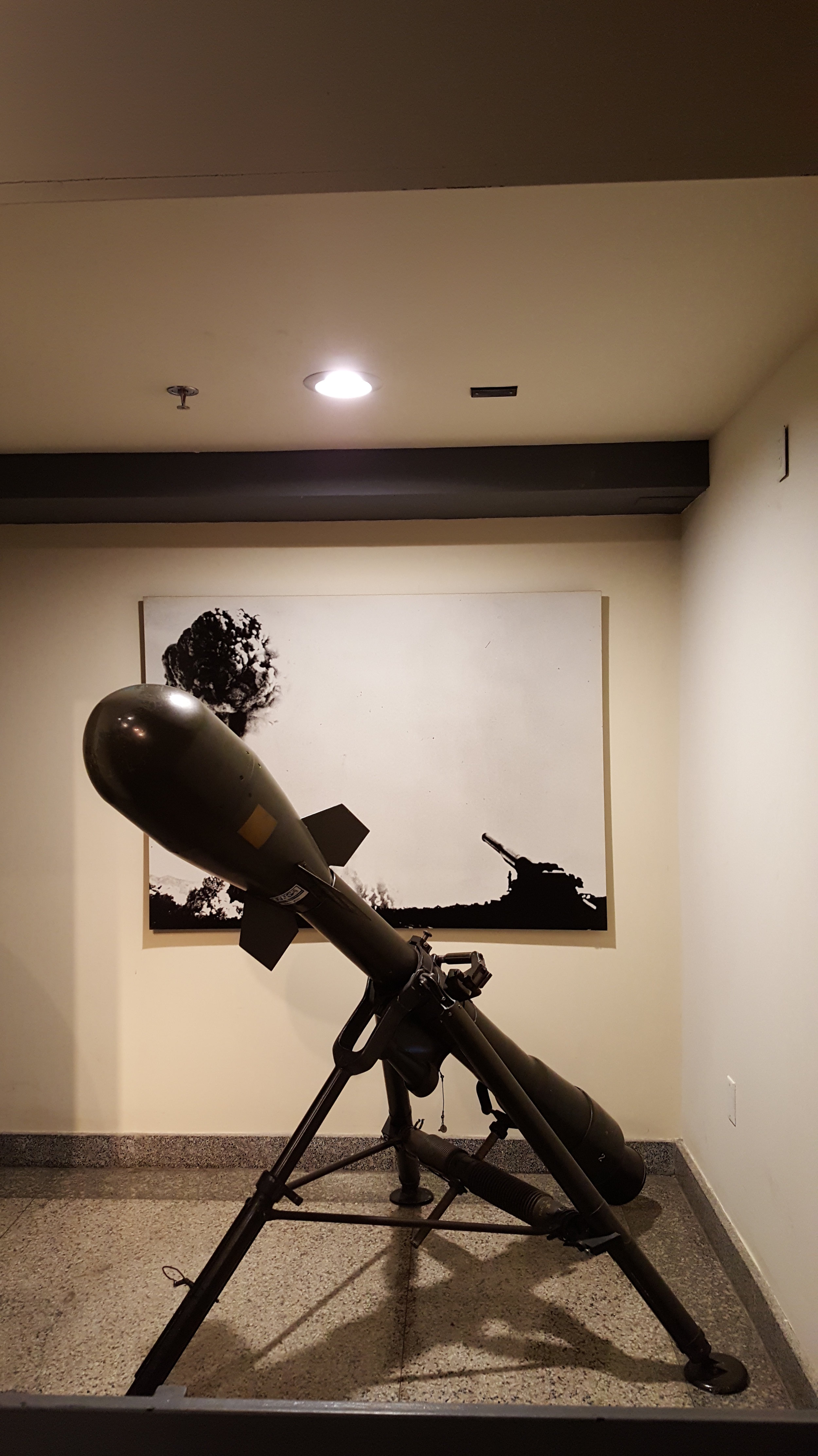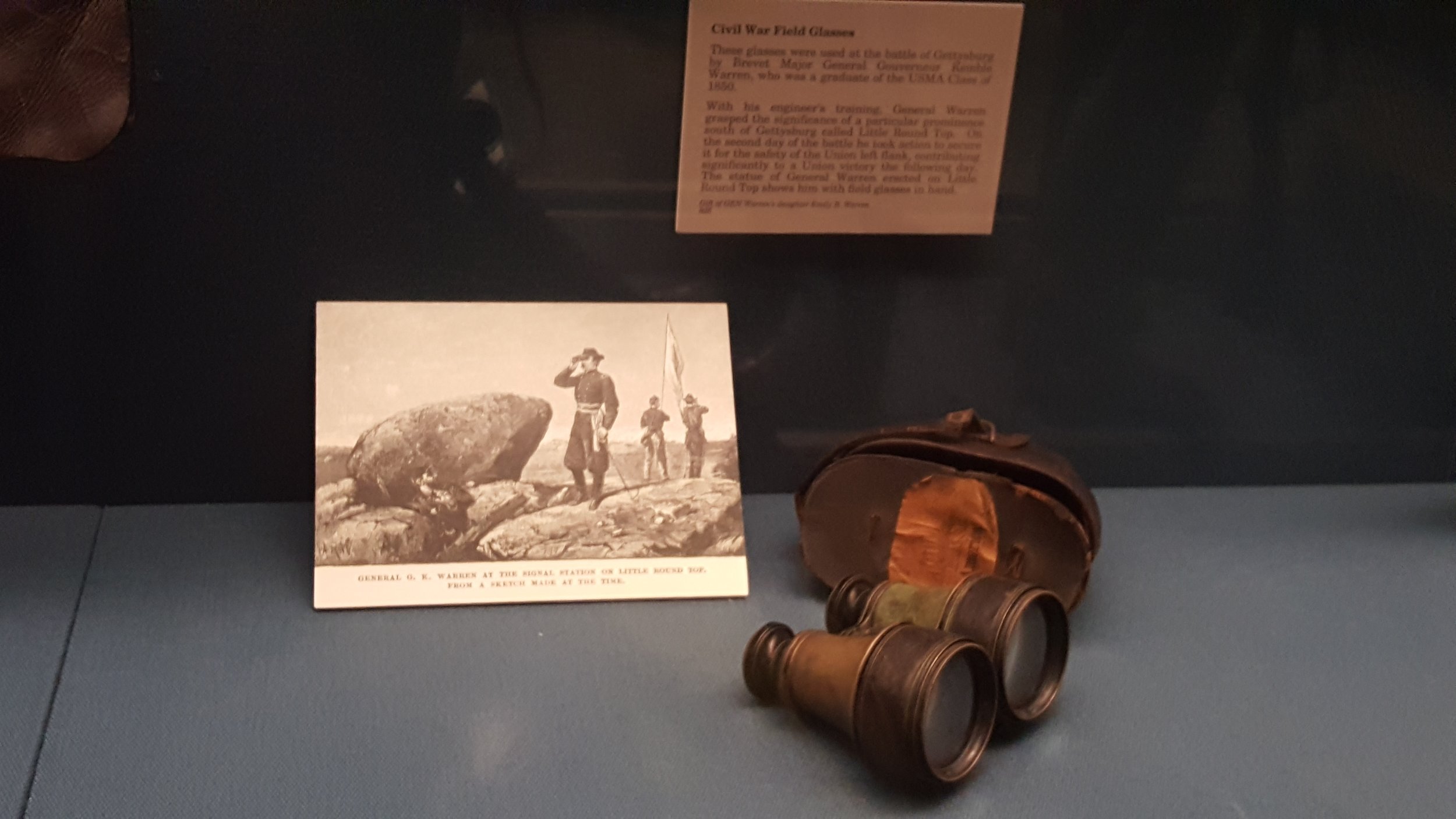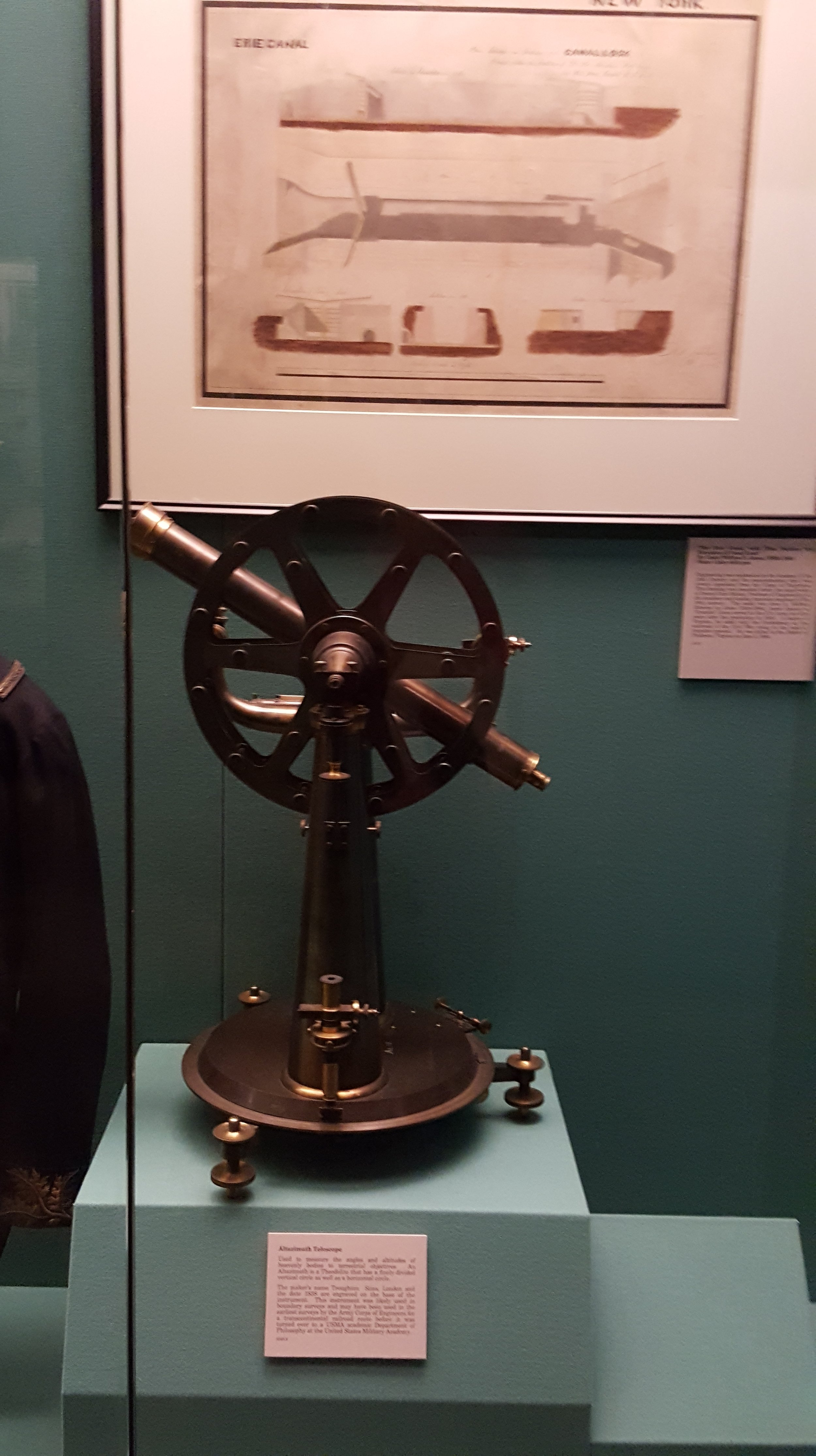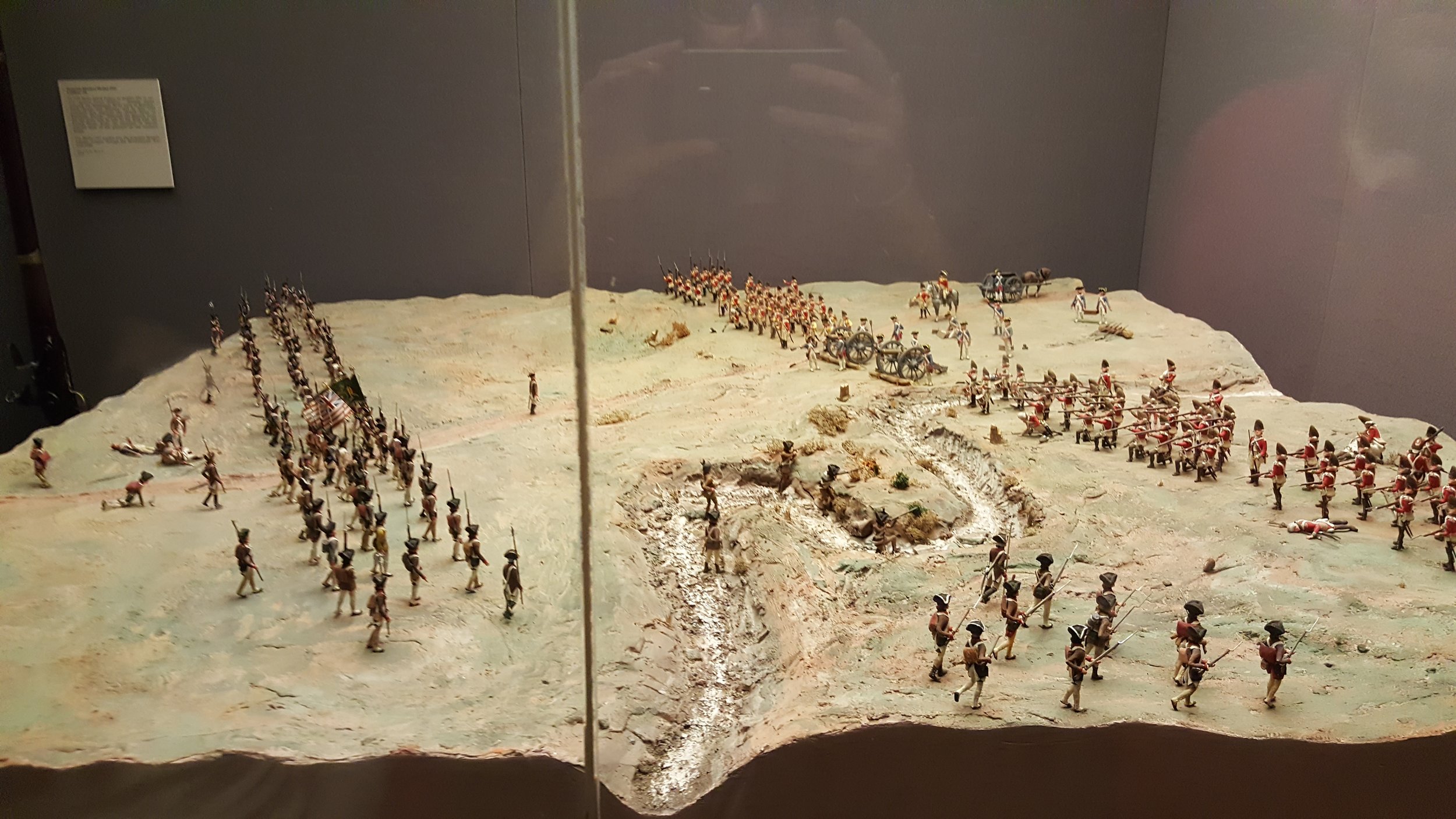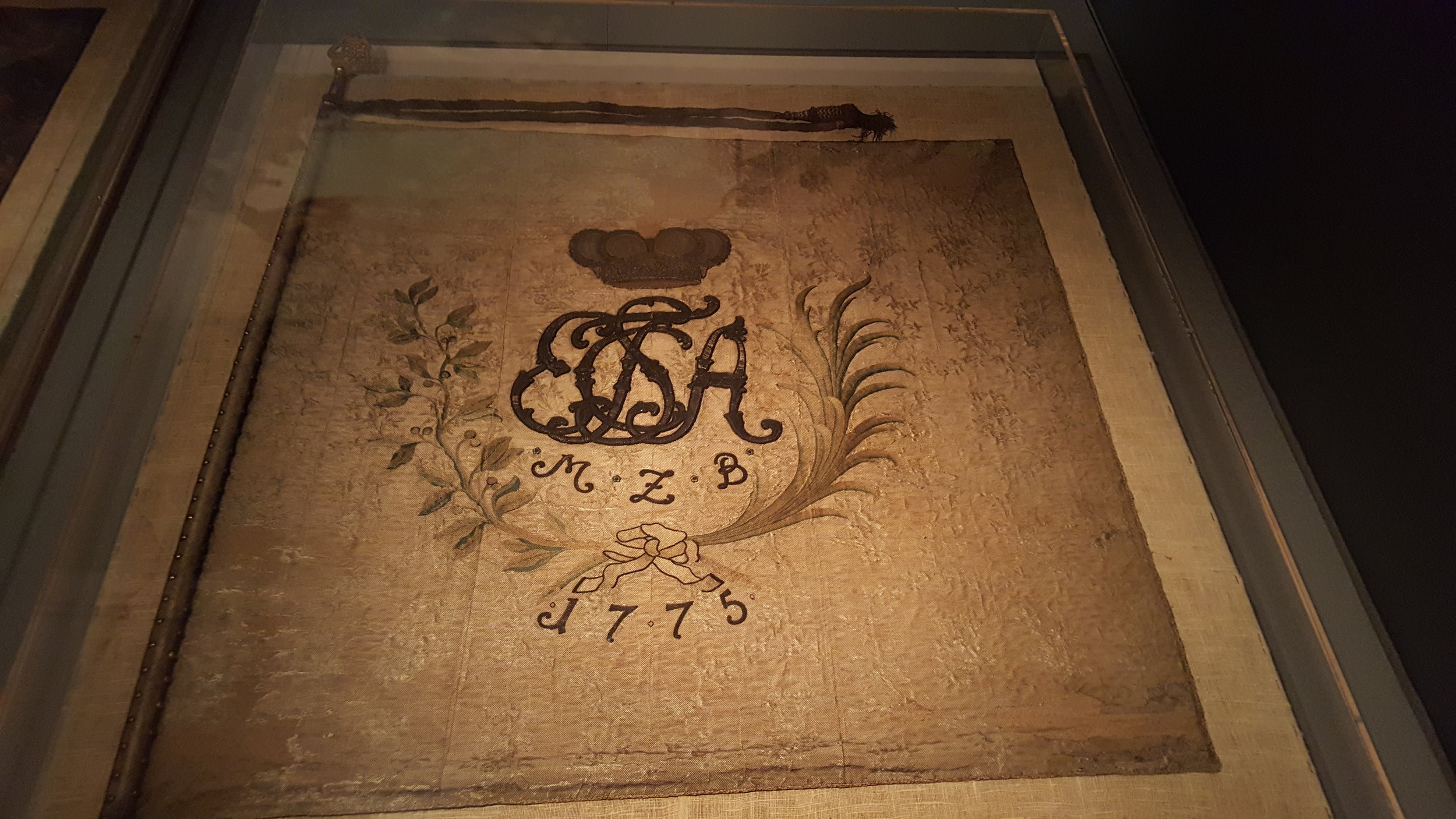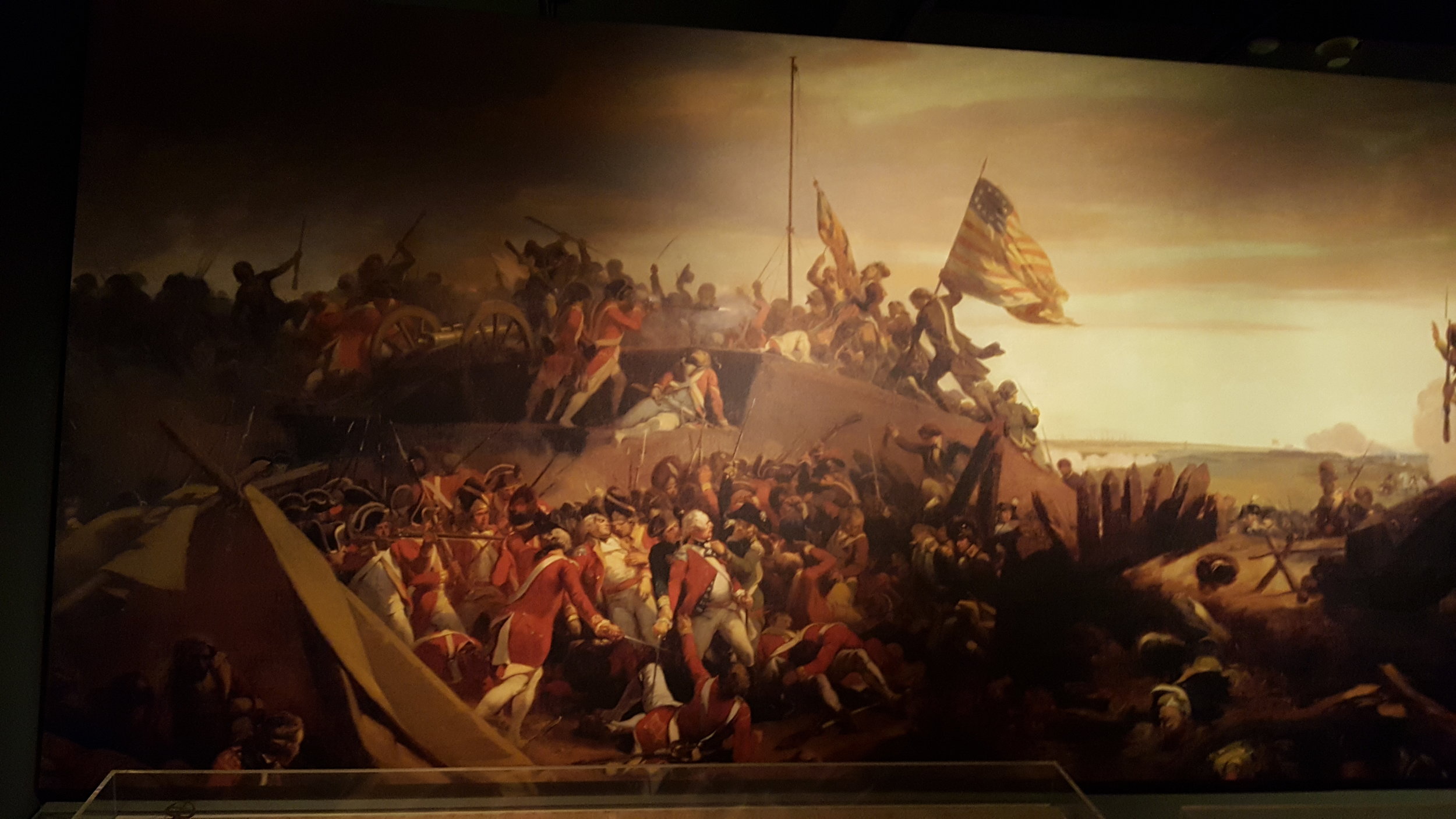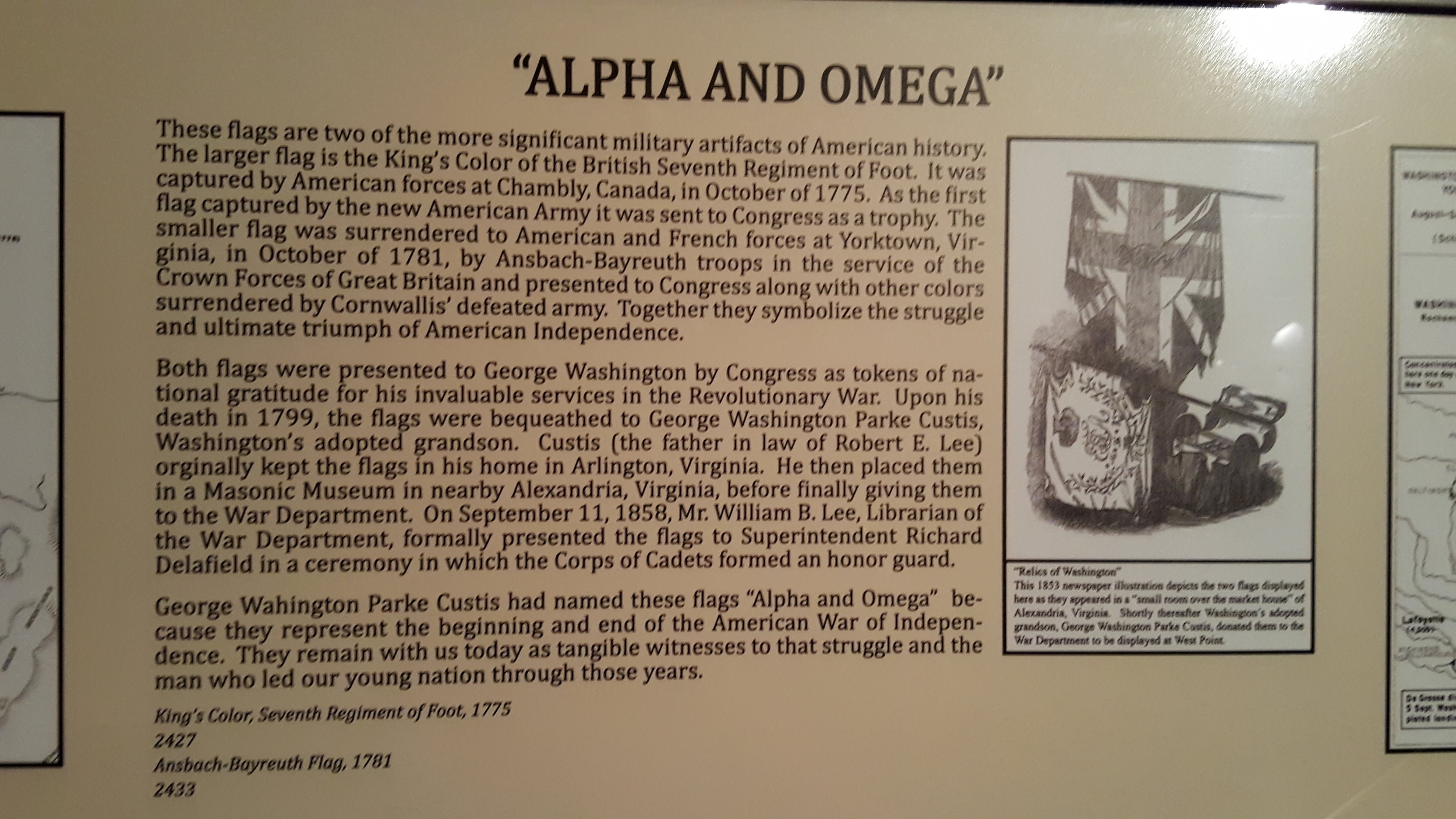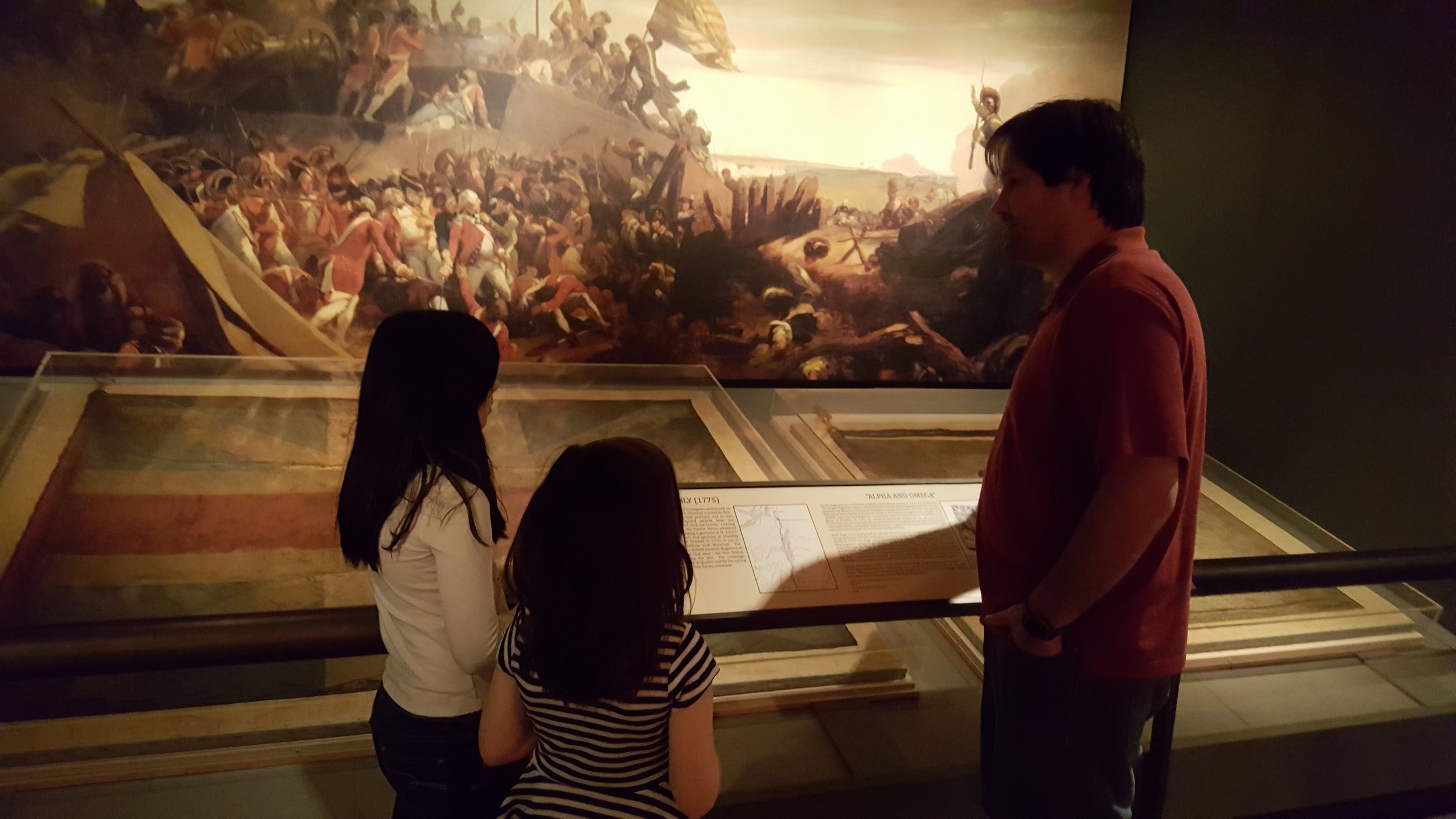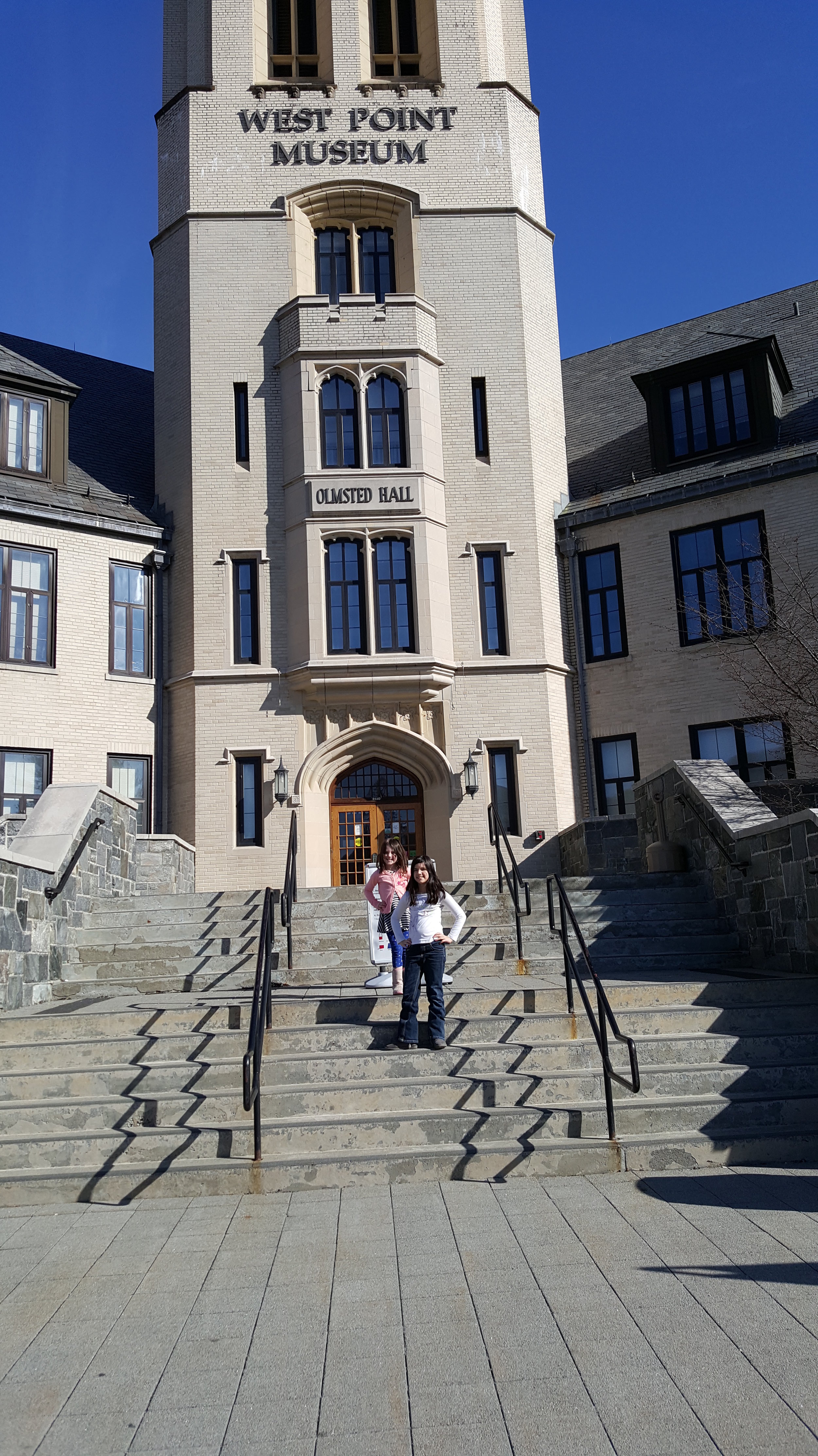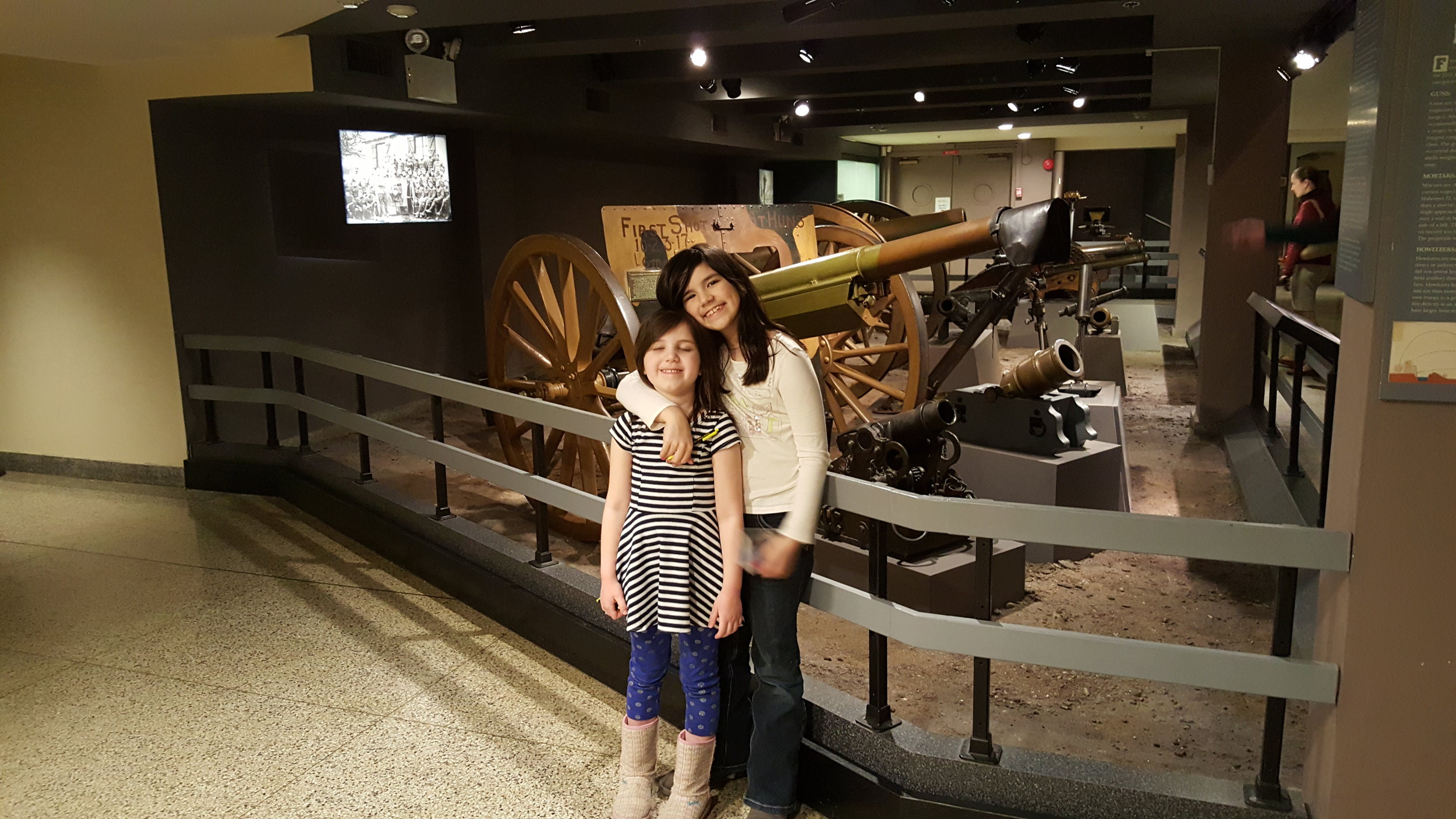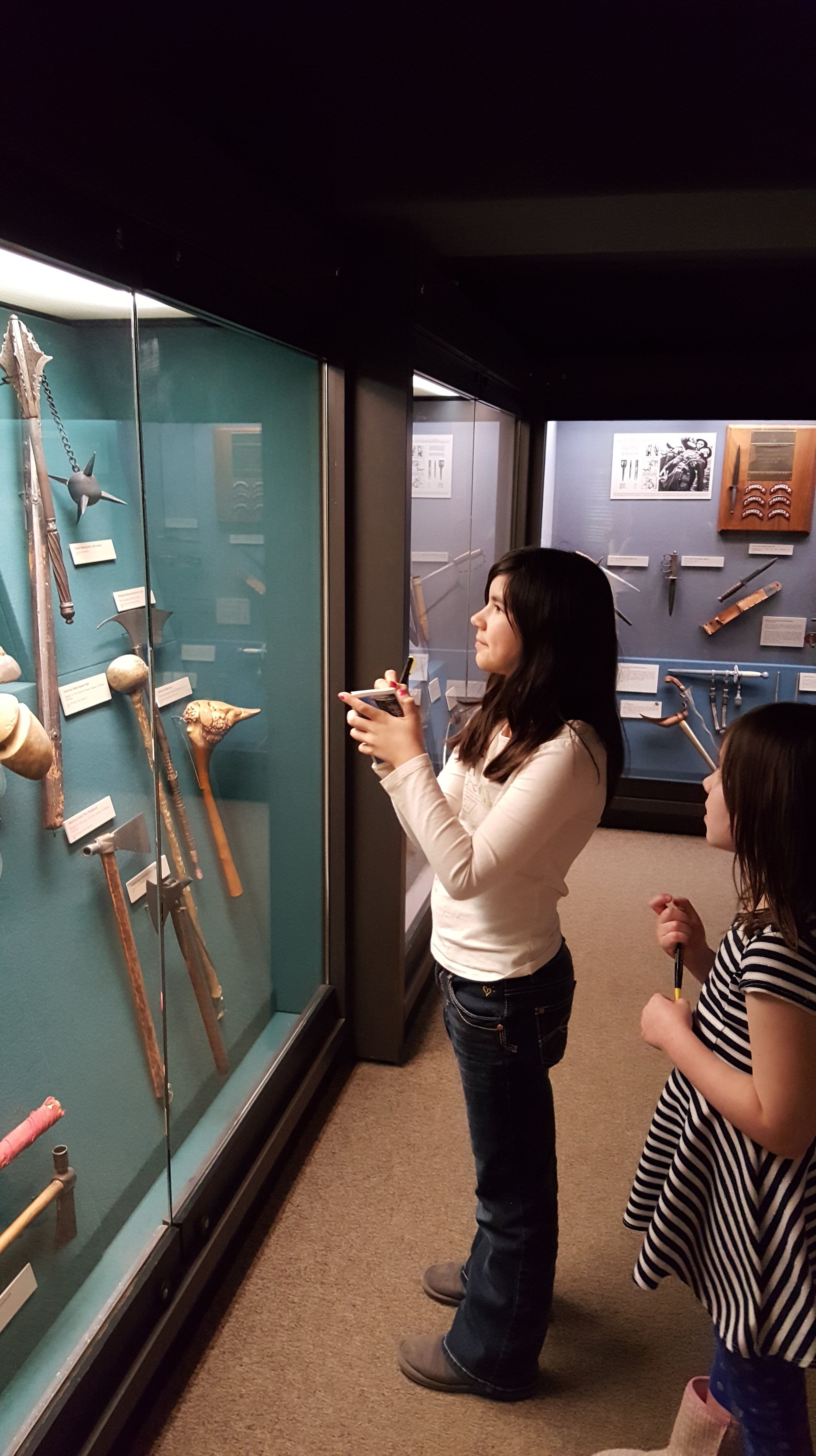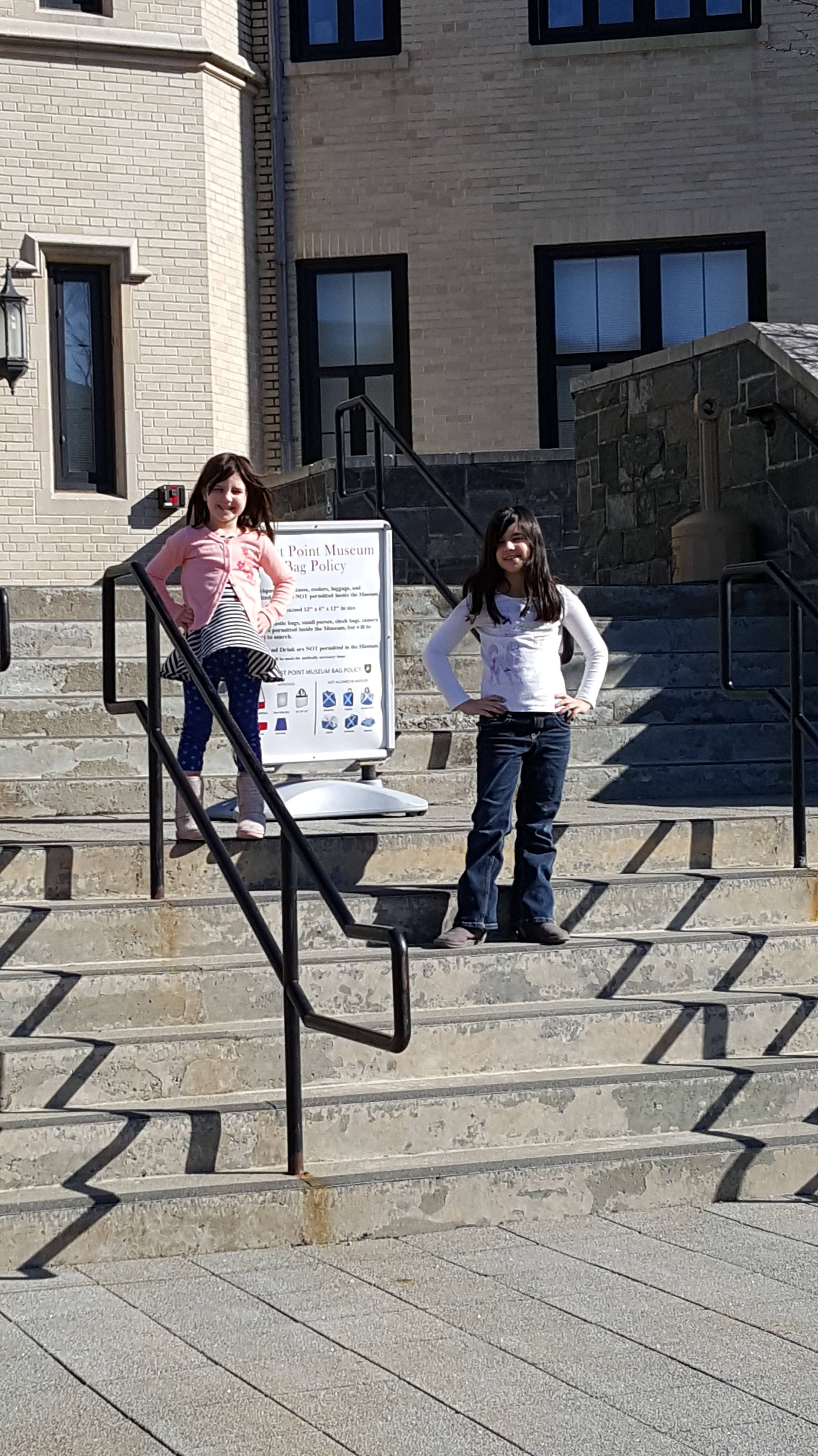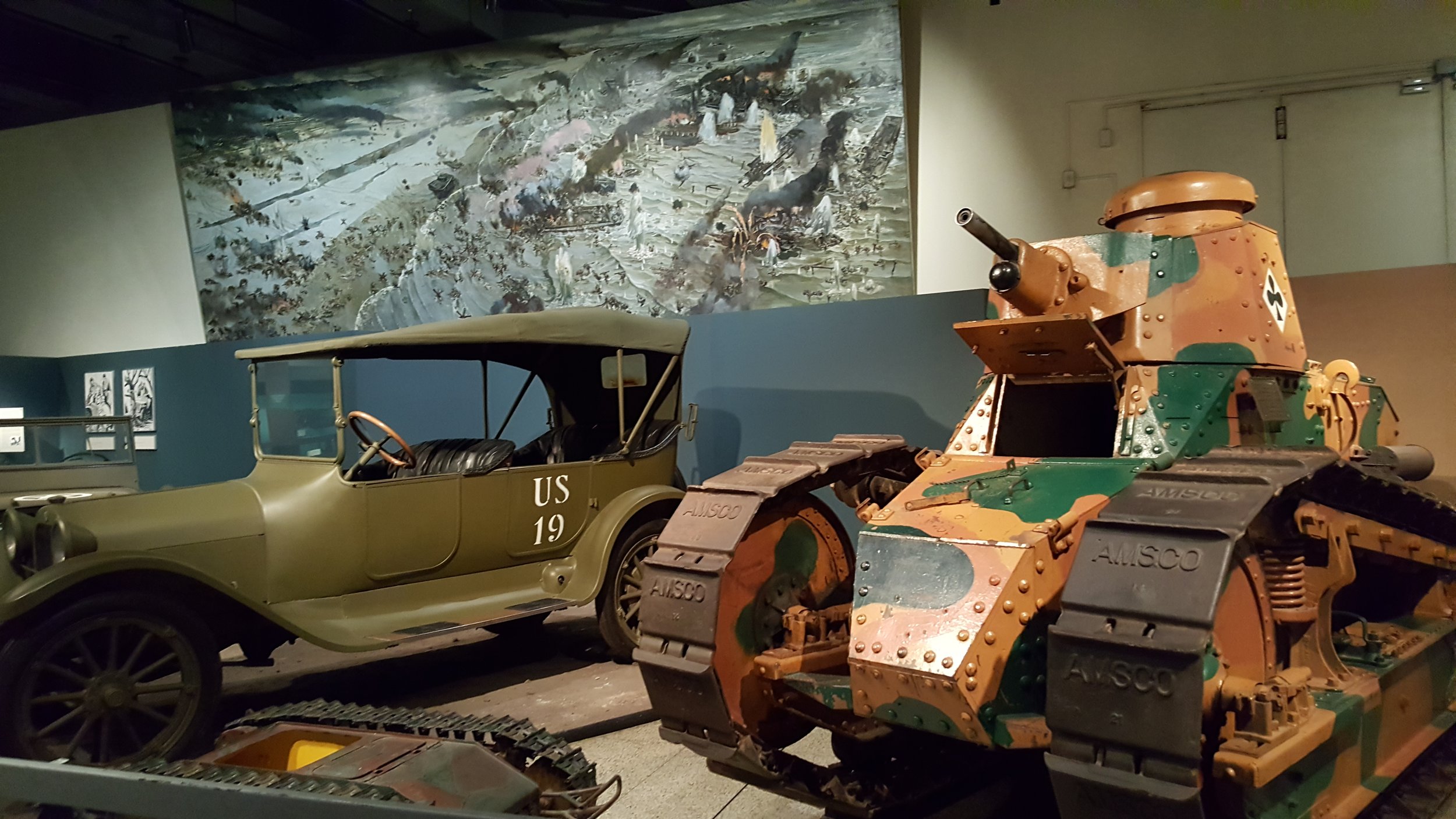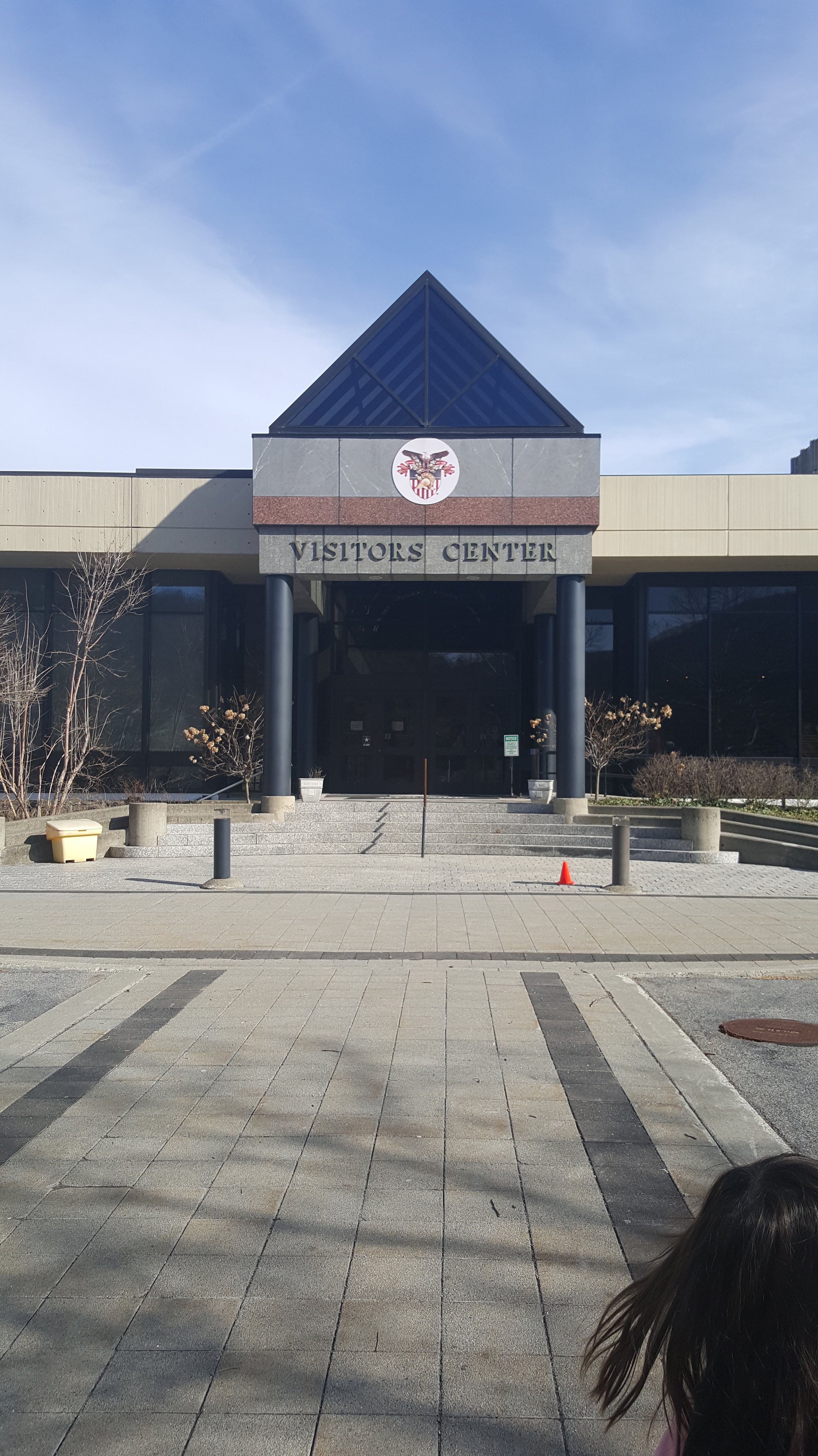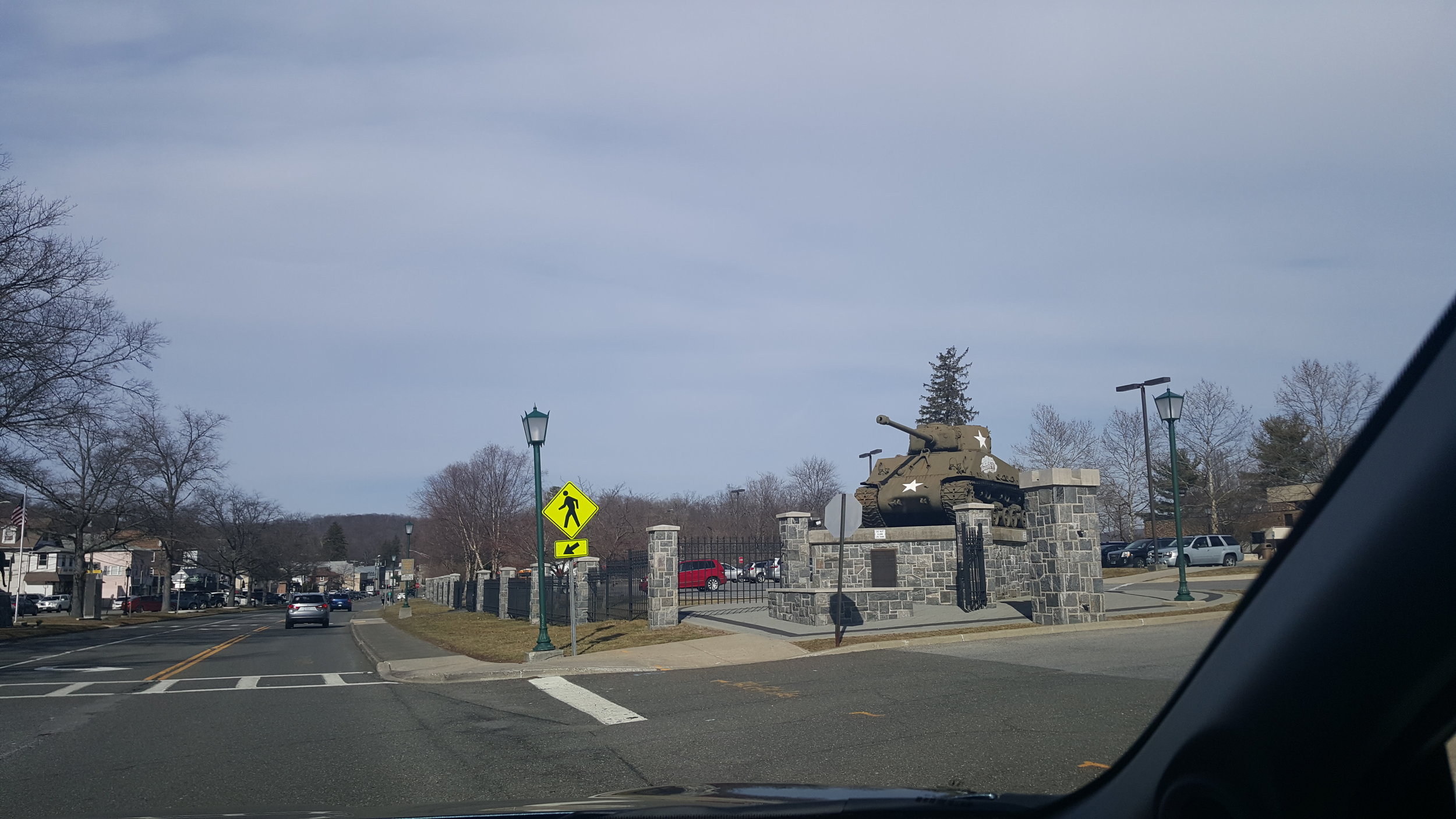The Drive to Highland Falls Our Sunday drive this week was to the West Point Museum. West Point is only an hour north of New York City and 30 minutes away from Southern Dutchess County. The drive to West Point in very scenic no matter what direction you come from. From the South, the drive up Palisades Parkway is lined with deciduous trees that are extremely colorful and beautiful in the summer or fall, but not too bad in the winter either. The drive will take you by Bear Mountain Bridge. From the West you drive through a hilly area that encompasses USMA's training grounds. If you drive from the North, I highly recommend you take 218. This route takes you along the Hudson river and is one of the most beautiful drives in the country. If it is the winter, and 218 is closed, 9W still provides a few pull offs with commanding views of the Hudson. 9W is also called Freedom Road, since it is the road that the 1979 Iranian Embassy hostages took from Stewart Airport in Newburgh on their route home.
From the East, you will drive through Fahnestock Park to Cold Spring. This drive takes you by Boscobell, a early 19th century mansion, worth a visit in the spring. Then, you drive on through Garrison with modern mansions commanding the heights over the scenic Hudson valley. The Bear Mountain Bridge was the first bridge constructed for vehicles to cross the Hudson and was the longest suspension bridge in the world when it was first built (New York Bridge Authority 2016 accessed 3/1/2016).
The Museum: Military Collections Chronicle US History
The West Point Museum is the oldest military museum in the country. The museum includes over 60,000 army historical artifacts that chronicle our nation's founding and history, including some that are on the grounds and buildings at USMA (David Reel, museum director 2016). According to David Reel, "the mission of the West Point Museum is to collect, preserve, exhibit and interpret historically significant artifacts and stimulate interest in the United States Military Academy at West Point, the United States Army and the Profession of Arms."(West Point Museum official website, 2016).
We were married at West Point in 2004, the day after graduation and commissioning, and the Academy will always have a special place in our hearts. Visiting the Academy, you always feel a deep appreciation for the founding of the country and can truly take in key events in military history, even if you are not a history buff. This is something we wanted to share with our girls.
In fact, the collections at West Point are the most extensive military history collections in the country. You will find some outstanding pieces of history and art, such as a World War I Tank, Trophies of War, rare weapons, art depicting military battles, and unique artifacts such as the actual plug of the atomic bomb deployed in WWII, among other important relics.
Alpha and Omega Exhibit
One of the keystones of the museum collection, which is currently on display, is the "Alpha and Omega", or the original first and last flags captured during the American Revolution. According to Michael McAfee, curator of history at the West Point Museum, these flags were presented to George Washington by congress after the Revolutionary War, and consisted of "the first British flag captured in 1775 and one of the last surrendered flags from Yorktown in 1781." These flags were given to the War Department (now the Department of Defense) in 1858 by George Washington Parke Custis, George Washington's adopted grandson, who inherited them, and then taken to West Point which was designated by Congress as the depository for trophies of war (McAfee 2015).
Further describing these flags McAfee reveals their profound historical significance, "One, the King's Color of the British Seventh Regiment of Foot, was taken at Chambly in Canada in October of 1775, and was the first enemy flag captured by the US Army. The other, a flag of a German battalion in service of the British, was surrendered in October of 1781, at Yorktown, Virginia, the climatic American victory." (McAfee, October 2015, West Point Museum, Curator of History, US Army Center of Military History website). These flags will only be on display until 2017, then allowed to rest (McAfee 2015), so I would definitely take the opportunity to see these rare artifacts before the exhibit ends. See this link for the complete history: http://www.history.army.mil/news/2015/151000a_kingsColorWP.html.
Of similar relevance, in the American Wars gallery you will find trophies of war from the victory at Saratoga in 1777, including a British kettle drum and mortar surrendered at Saratoga (McAfee 2015). In the same gallery, you will see a pair of George Washington's pistols, these were my daughter's favorite find and were part of the kids scavenger hunt.
Upon entering the museum, you will see a gallery dedicated to the history of the United States Military Academy. We enjoyed sharing this gallery with our girls, and showing them the different cadet uniforms, and answering some of their questions about cadet life. If you have children, after visiting this gallery, find the gift shop inside the museum and ask for a scavenger hunt map, it costs $1. Admission to the museum itself is free, so this is a great way to get the kids excited about their visit. The scavenger map is a high quality color map of photographs of artifacts throughout the museum. This is one the best scavenger hunts I have seen. The girls remained very engaged finding the items on their list, and in the process, they learned a great deal about the collections, visiting each floor of the museum. Their second favorite floor was the one that housed the military vehicles.
The academy is open to the public on guided tours and has a newly renovated visitor's center. Tours leave daily from the visitor's center several times a day. The new visitors center provides a replica of a cadet dormitory, cadet uniforms, field problem examples, and information about application process. The bus tours leave from the visitors center several times a day. The building of the museum itself used to be Ladycliff College until it closed in 1980 and is just behind the visitor's center. The museum is free and open to the public. For more information about West Point tours see this link.
It is a beautiful day drive, and in Spring you can also take time to appreciate the many outdoor historical relics on campus during the guided tour. To end our day, we ate dinner on the main street of Highland Falls, just across the street from the museum. In walking distance and just across the street from the Visitors' Center, there are many family-friendly restaurants that are reasonably-priced and welcoming to visitors. You can definitely make a wonderful day of this drive.
References/Links:
1.McAfee, Michael (October 2015). Center of Military History, U.S. Army Center of Military History. West Point Museum exhibits trophy flags presented to Gen. George Washington.
http://www.history.army.mil/news/2015/151000a_kingsColorWP.html Accessed 2/28/2015
2.New York State Bridge Authority (2016). Bear Mountain Bridge. httpb://www.nysba.state.ny.us/bridgepages/bmb/bmbpage/bmb_page.htm Accessed 3/1/2016.
3.Reel, David (2016). West Point Museum Website. http://www.westpoint.army.mil/museum_home.html

